Actual vs. Posted Wait Times at Disney World
Actual versus posted wait times for rides at Walt Disney World has been a known issue for years. Many fans have reported significant disparities during their days in Magic Kingdom, Epcot, Hollywood Studios, and Animal Kingdom–and wondering why inaccuracies persist despite this being a known “problem.” (Updated April 25, 2023.)
Let’s start with some background into actual versus posted wait times at Walt Disney World. For starters, this is absolutely nothing new. Walt Disney World has been doing this for as long as I can remember, which is at least the last couple of decades. Anyone who has ever visited the parks and used standby lines to a significant degree for a few days can tell you that posted wait times are higher than actual ones more often than not.
There’s really no debating whether this is happening. The better questions are: why does Walt Disney World inflate posted wait times? and to what extent does Walt Disney World overstate wait times? This post will attempt to answer those questions plus a few others, discussing why Walt Disney World has historically inflated wait times, biggest offenders, and the company’s “buyer beware” warning in Genie+. We’ll also some strategy, tips, and info for using the wait time disparity to your advantage…
There are several reasons why Walt Disney World deliberately inflates wait times. First, it’s good for guest satisfaction–an extension of the ole “underpromise and overdeliver” mantra. It’s surprisingly simple: guests will be happy if they wait less time than is advertised, but unhappy if they wait longer. Since it’s tough to make predictions that are 100% accurate, it’s better to err on the side of inflation.
This kind of consumer manipulation is incredibly common. We’ve often “joked” that Disney follows the Kohl’s school of pricing–the store where everything is always on sale. Although this year has been an odd outlier, Disney never lowers sticker prices, instead offering aggressive and sometimes illusory discounts for their psychological appeal. Free Dining isn’t really free–it comes with an opportunity cost–but nothing sells better than FREE. Similar idea here. People love it when they think they’re coming out ahead.
Second, wait times themselves are a form of crowd control. This is not a big revelation, but some attractions are more popular than others. If you give 100 guests the choice between Seven Dwarfs Mine Train and Country Bear Jamboree without any other constraints, 99 of them are going to make the wrong decision and pick the roller coaster.
Sometimes, we all just need a gentle little nudge to do the right thing. That can come in the form of inflated wait times at popular attractions, which push people towards less popular ones. Everyone has a balking point–a wait that is simply too high to justify the time spent waiting in line–even for their favorite rides. Higher wait times on headliners increase utilization of less popular attractions, making the park more efficient and better able to absorb crowds.
Finally, pumped up wait times offer a variety of other operational advantages. One of these is discouraging abuse of DAS, as those who have sufficient knowledge to abuse that system are also likely aware of inflated wait times. (It’s not a perfect solution and there’s an obvious downside, but there is no perfect solution here.)
Another is clearing the park at the end of the night. Our go-to example for this is Seven Dwarfs Mine Train, which is so consistently inflated that our Ride Guide for Seven Dwarfs Mine Train highly recommends doing that attraction after the fireworks and ignoring the posted wait time. This is consistently and predictably overstated, and that’s entirely by design. It’s to discourage guests from jumping in line at the end of the night so Magic Kingdom can be cleared quicker.
To that point, we’ve found that wait times are least accurate and most inflated at the end of the night. This is particularly true among headliners in any of the 4 theme parks. Usually, the more popular the attraction, the more the wait time is inflated. Prime examples here are (again) Seven Dwarfs Mine Train, Peter Pan’s Flight, Remy’s Ratatouille Adventure, Frozen Ever After, and Test Track.
Oh, and literally every single attraction in Disney’s Hollywood Studios and Animal Kingdom. Those parks are home to some of the biggest offenders, with Slinky Dog Dash, Millennium Falcon Smugglers Run, Avatar Flight of Passage, and Na’vi River Journey being among the worst. Na’vi River Journey is probably the biggest red flag, as we had countless experiences with it having a posted wait time of 50-75 minutes and an actual wait time of 15 minutes or less.
Another specific example is Star Wars: Rise of the Resistance, which is often way off. That’s not listed above because it’s frequently inaccurate in both directions. We’ve had actual waits that are less than half the posted time (quite often, in fact) but also actual waits that are nearly double the posted wait time.
The wild fluctuations with Star Wars: Rise of the Resistance are because the attraction is prone to breakdowns and delays, so the company is building in a buffer. If you get lucky and it’s not having any issues on the day of your visit, that 75 minute posted wait time at 7:45 pm might be an actual wait time of 20 minutes. By contrast, if it’s been up-and-down all day and there’s a backlog of Lightning Lane guests, it might be an actual wait of 70-80 minutes. Worse yet, it could break down while you’re in line and end up being a triple-digit wait.
At the other end of the operating day is the morning, which also can be inaccurate. Since the debut of Early Entry and Lightning Lanes, we’re finding that wait times are typically abnormally inflated during the first 60-90 minutes of the day (including Early Entry) before settling into normal patterns. They’re still inflated, to be sure, but not as bad as at the beginning of the day or end of the evening.
Then there’s the heart of the day, from about 10 am until 6 pm (or around 4 pm at both DHS and Animal Kingdom). That’s when wait times have the lowest amount of inflation. Again, they’re still usually overstated, but not to the extreme degrees as earlier and later in the day.
Turning back to attractions, other big offenders are actually the least popular attractions. At least, in percentage terms.
The reason for this is actually quite simple–it’s because the least popular attractions often have minimal waits or are walk-ons, making just about any posted wait time inflated by a significant degree. For example, if the posted wait time for Journey into Imagination is 15 minutes, but the actual wait time is however long it takes to walk through an empty queue (3-4 minutes), the posted wait time is 5 times the actual wait.
On paper, that’s really bad. It’s objectively worse than the aforementioned headliners in pure percentage terms. However, subjectively or as a matter of perception, that’s probably not the case. Most reasonable guests–and especially seasoned Walt Disney World visitors–view 15 minutes or less as shorthand for “basically no wait.” So it thus comes as little surprise that the actual wait time is essentially nothing. It would come as a bigger shock to see a 5-15 minute posted wait time and actually wait 20 minutes.
Over the course of the last 2 years, our experience across all of Walt Disney World has been that actual wait times average about two-thirds to 75% of posted wait times most of the day. That drops to around 50% at night, if not lower. These are averages; we’ve waited significantly less and even sometimes more than posted wait times, too.
Moreover, this is entirely anecdotal and based on our first-hand experiences, but they’re pretty extensive at this point. We’d love to hear generalizations from other regular Walt Disney World visitors about posted v. actual wait times in the 2 years and beyond in the comments.
This background info is just good knowledge to have that can help you plan and build itineraries. It should also illustrate how inflated posted wait times are actually mutually beneficial for the company and guests. Well, at least they are to anyone who is aware that posted wait times are exaggerated (and who doesn’t use DAS).
This is knowledge you can leverage to your strategic advantage–see the above Seven Dwarfs Mine Train at park closing, for example. We mention this because in the last few weeks we’ve received a ton of reader complaints about inflated posted wait times. It’s not uncommon to get comments about these, but usually it’s in a matter-of-fact or even positive way. More recently, it’s been cynical and negative.
Lightning Lanes have added a new wrinkle to this conversation about posted v. actual wait times at Walt Disney World. (As always, if you’re new to paid FastPass, start by reading our Guide to Genie+ at Walt Disney World & Lightning Lane FAQ.) After all, if guests are paying for Genie+ or ILL to skip a line, don’t they deserve to know how long that wait actually is?
The perspective among some fans has been that Walt Disney World just started inflating wait times with Genie+ to encourage guests to buy that and Individual Lightning Lanes. People have indicated they’d be mad if they paid to skip the line and then found out the actual wait time was half what was posted. Others have questioned whether Disney had a duty to eliminate inflated wait times or risk claims of fraud, consumer deception, false advertising, etc.
I understand that many of you hate Genie+ and Lightning Lanes–going from free to paid FastPass sucks. But it’s enough to dislike it on principle, and not try and concoct other reasons to loathe Lightning Lanes. There’s no need to pile on, I promise. Especially in the case of posted v. actual wait times where it sorta feels like throwing the baby out with the bathwater.
Nevertheless, it would seem that Walt Disney World has heard this complaint, as the following is included in the terms & conditions of Genie+ that guests can read before buying:
Of course, no one is going to actually read all of this legalese besides bloggers and other dorks. (No offense, my fellow dorks.) That’s exactly the point, and arguably the goal of “effective” terms & conditions–bog them down with boring boilerplate language and make them tedious to read…so no one does!
This should answer the questions about Walt Disney World’s intentions to continue inflating wait times. Quite simply, the practice is too important operationally and integral to guest satisfaction to stop doing it now. The increased transparency to prospective buyers of Genie+ doesn’t move the needle. And frankly, it shouldn’t.
Ultimately, this is simply CYA language from Disney and is not intended to be brought to the attention of average guests. There’s really no need to do so, since the majority of people purchasing Genie+ or Individual Lightning Lanes will never have any clue as to the posted wait time that they bypassed. The whole goal in buying is to save time; people aren’t going to undercut that by standing outside the ride exit and polling others as they leave about how long they waited.
Overanalyzing the differences between actual and posted wait times is solely the domain of dorks on the internet. Regular park guests do not care beyond the happiness in saving time, whether that result from spending money to bypass the line or “beating” the system by not splurging and still not waiting as long as advertised. On the plus side, us dorks have a strategic advantage in understanding how all of this actually works, leveraging it to our advantage, and continuing to visit Walt Disney World more efficiently. Let’s not get too vocally negative about a practice that benefits us, capisce?
Planning a Walt Disney World trip? Learn about hotels on our Walt Disney World Hotels Reviews page. For where to eat, read our Walt Disney World Restaurant Reviews. To save money on tickets or determine which type to buy, read our Tips for Saving Money on Walt Disney World Tickets post. Our What to Pack for Disney Trips post takes a unique look at clever items to take. For what to do and when to do it, our Walt Disney World Ride Guides will help. For comprehensive advice, the best place to start is our Walt Disney World Trip Planning Guide for everything you need to know!
YOUR THOUGHTS
What do you think about Walt Disney World’s practice of inflating wait times? Think they should be more accurate to actual waits, or do you understand the rationales for inflating them–and appreciate the strategic advantage it confers on knowledgeable guests? What has been your experience with actual v. posted wait times at Walt Disney World? Do you agree or disagree with my assessment? Any questions we can help you answer? Hearing your feedback–even when you disagree with us–is both interesting to us and helpful to other readers, so please share your thoughts below in the comments!
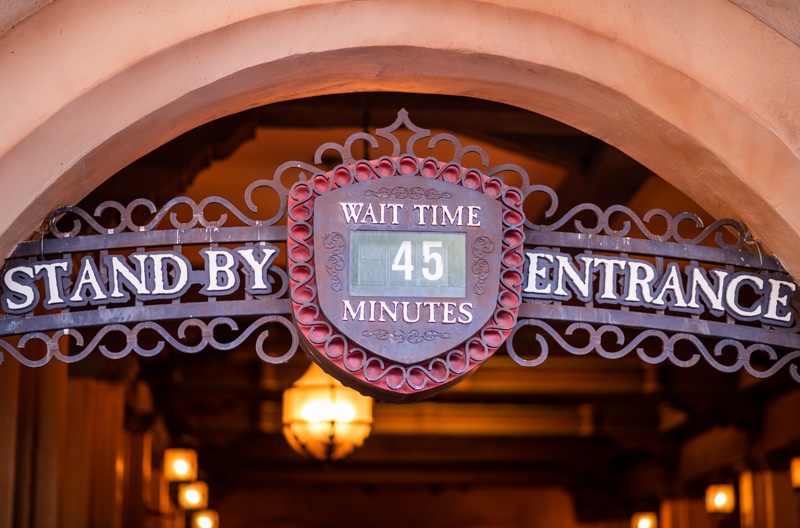

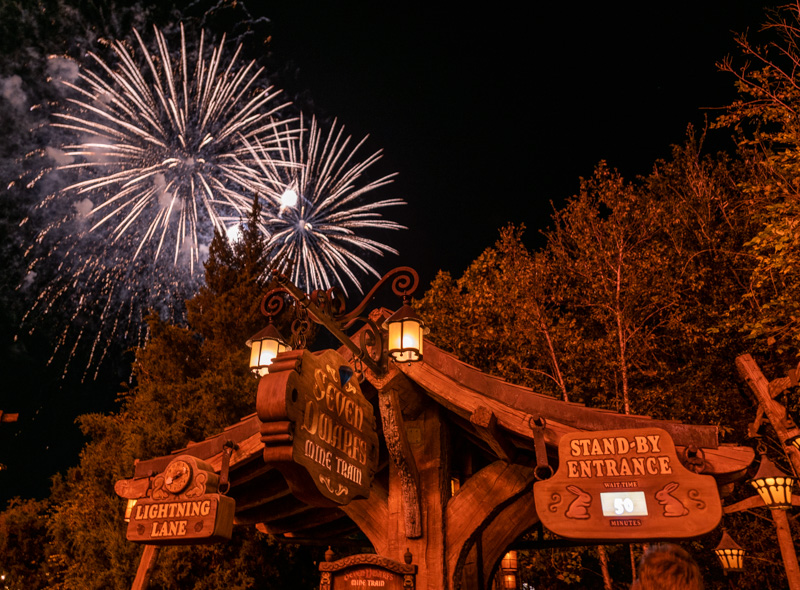
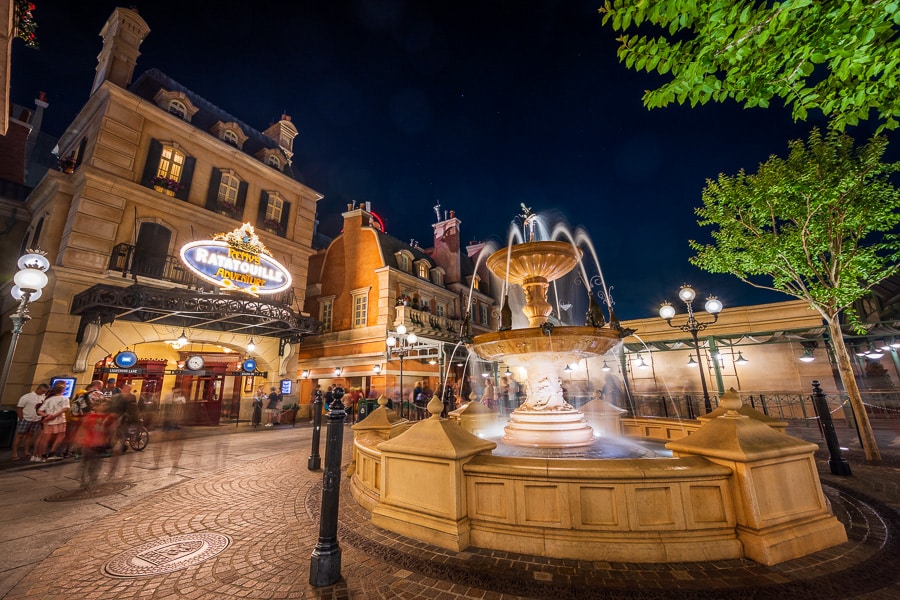
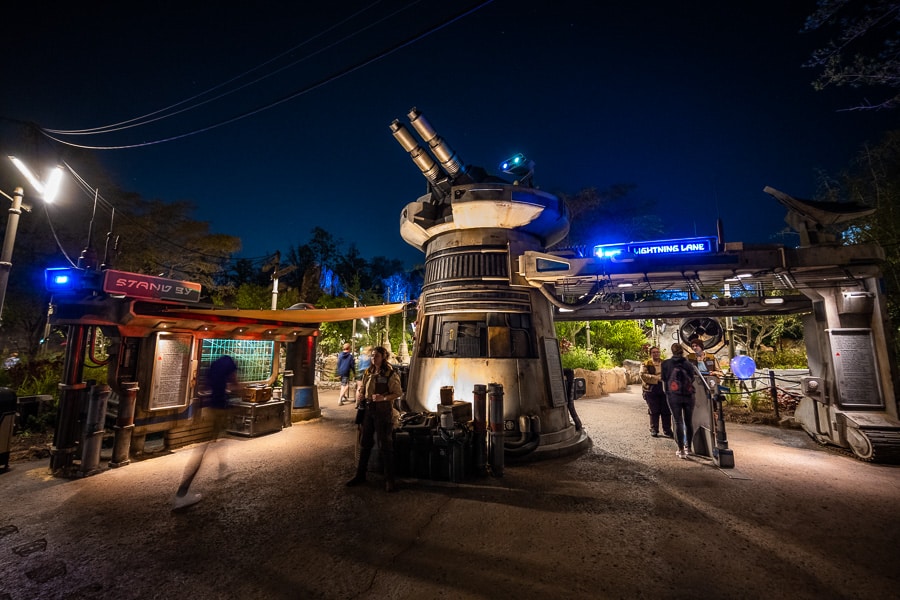
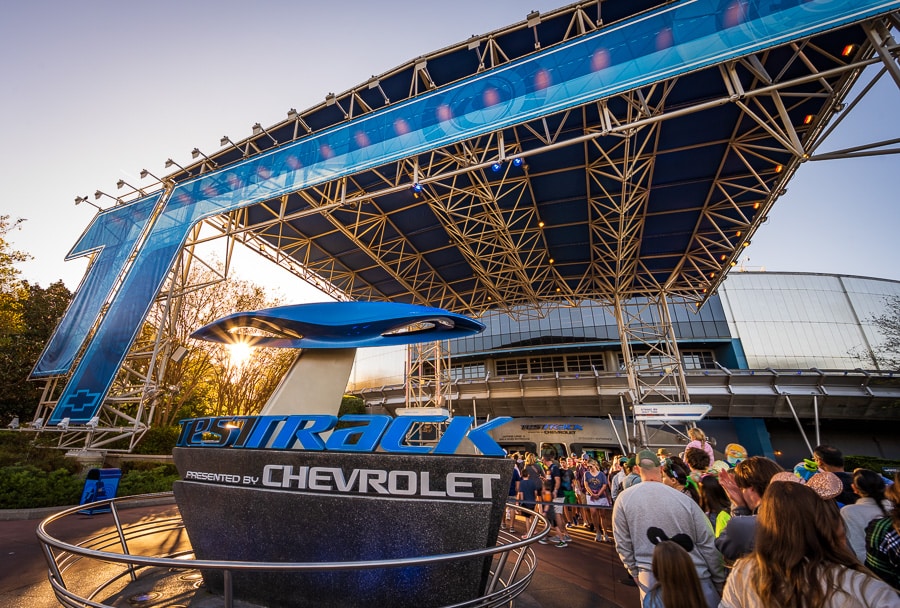
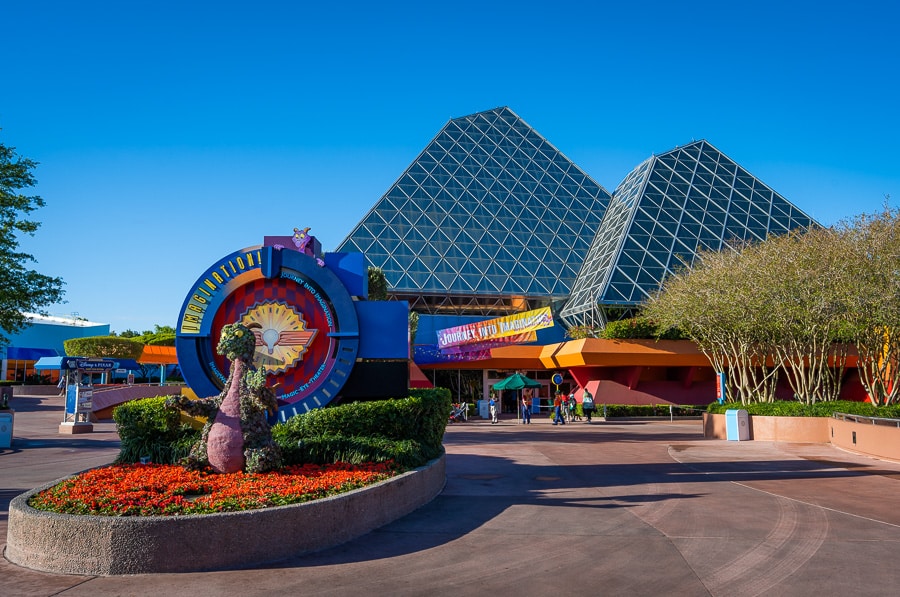
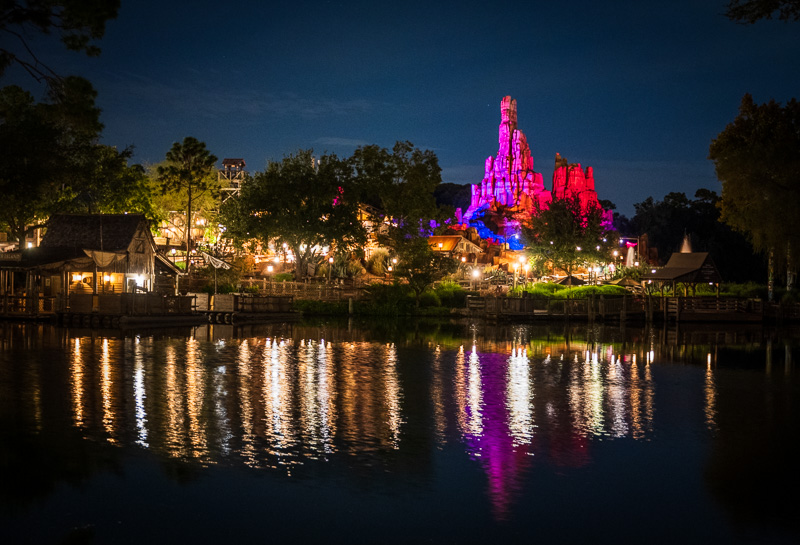
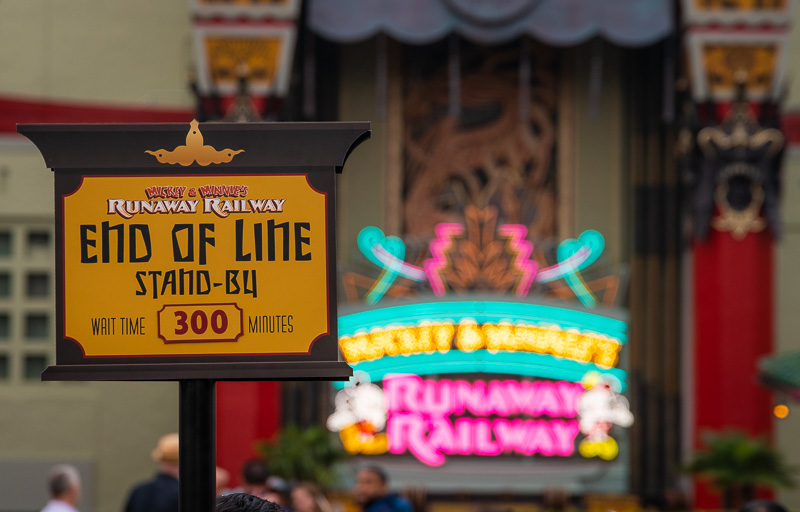
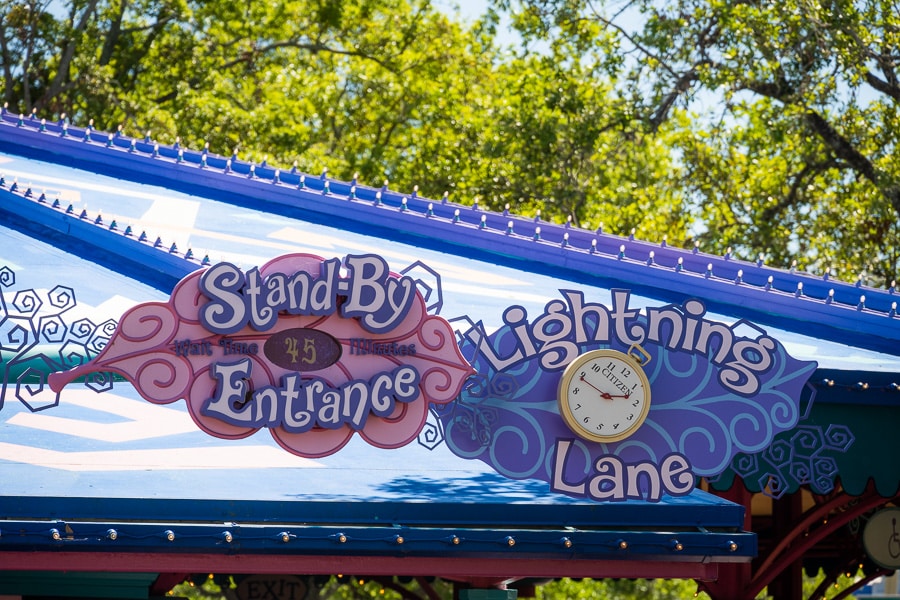
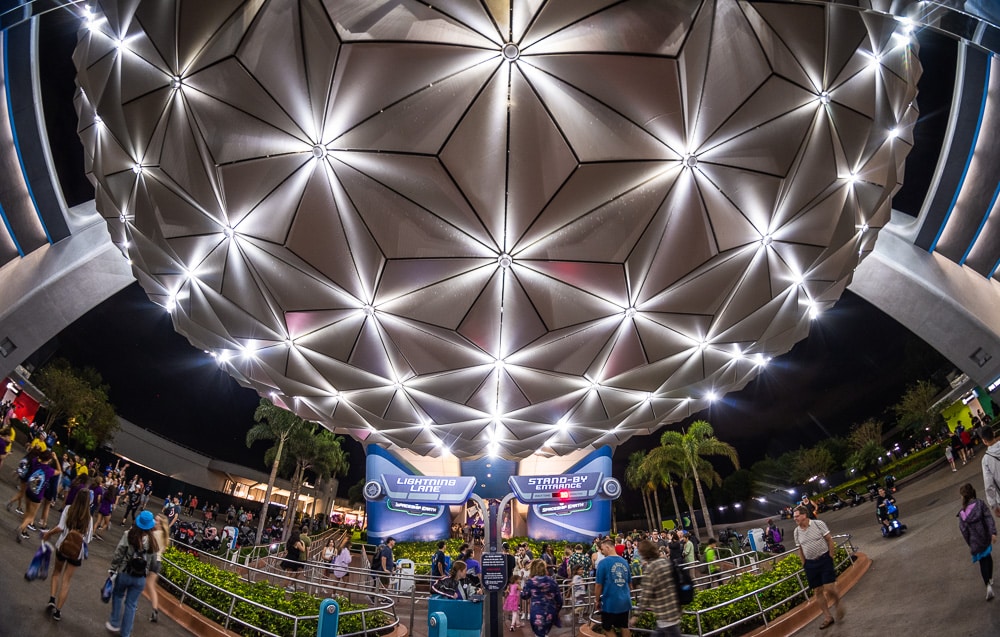
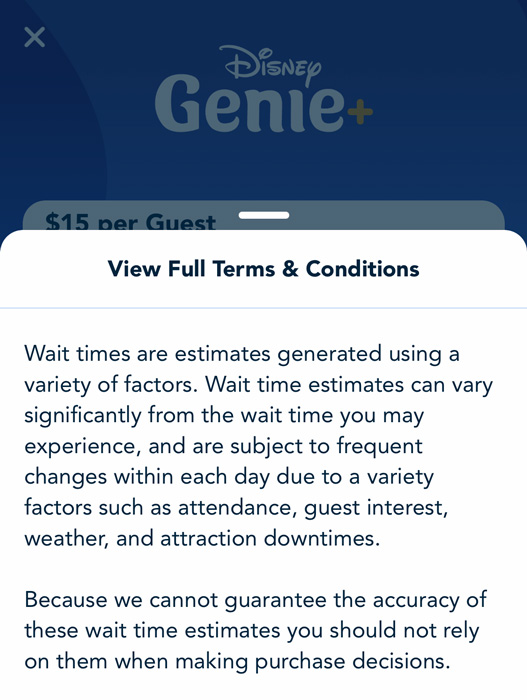
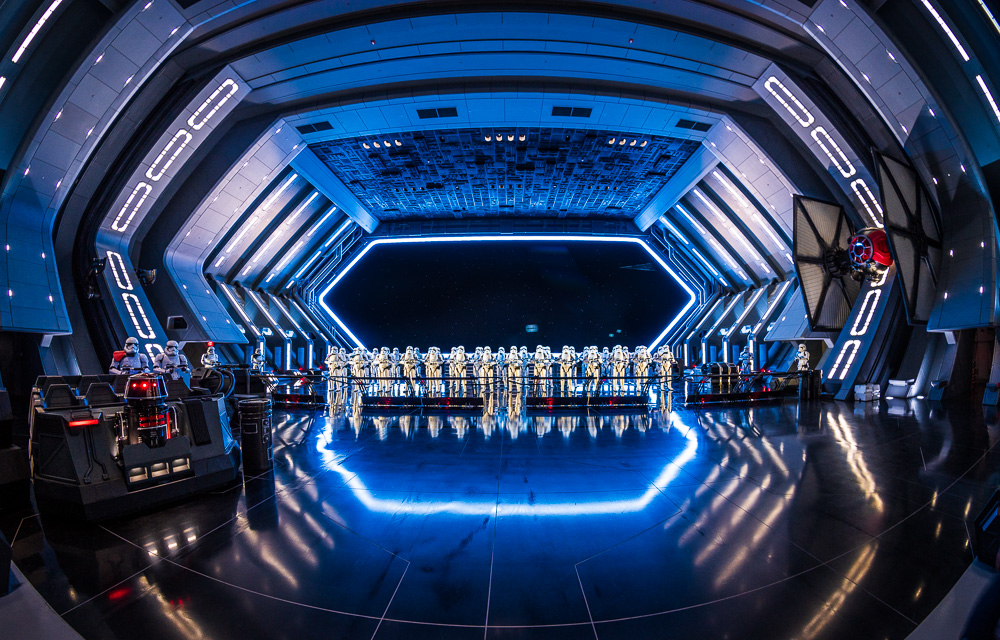
The wait times are ridiculous. To expect a child under the age of 10 to wait 2 to 3 hours is almost abusive. By the time they get on they dont even enjoy their time at what should be the happiest place on earth. Shame on Disney
I was at Animal Kingdom yesterday (8/14/23)the posted time for the Na’vi River ride was 80 minutes and the actual wait time was 32 minutes.